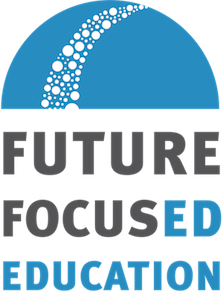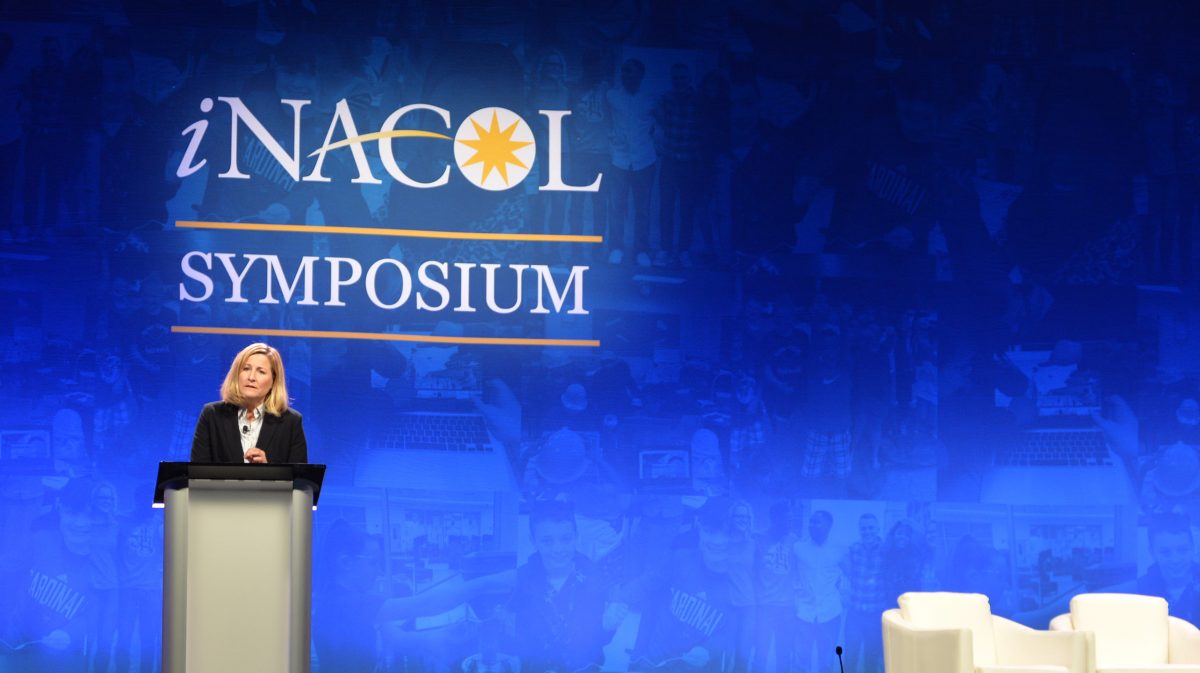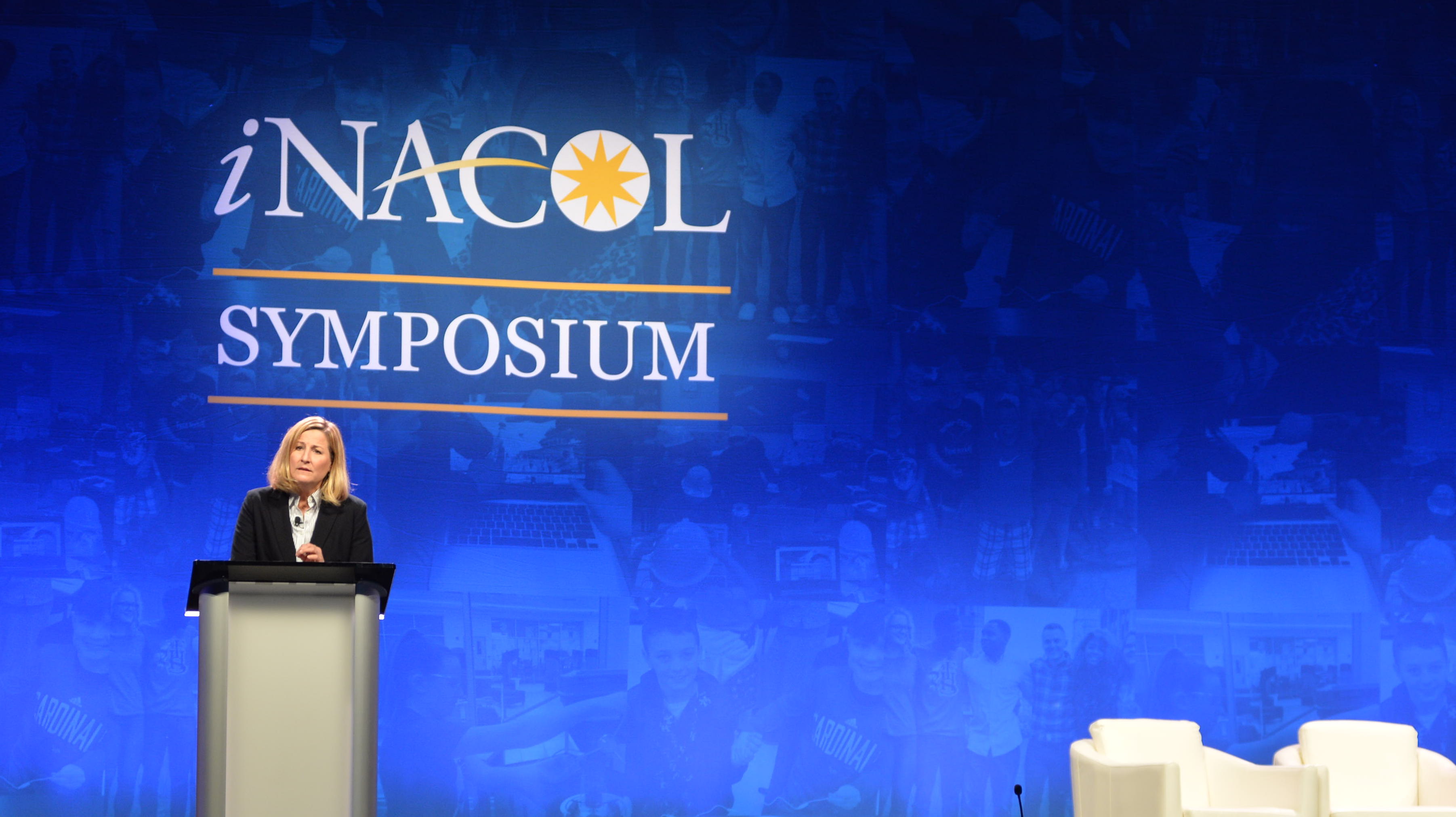8 Ideas That Are Transforming America’s Education System
By Susan Patrick | President and CEO of the Aurora Institute, Co-founder of CompetencyWorks | August 2, 2019
Five years ago, Future Focused Education asked me to join a gathering with local educators to help set the national context for the coming changes in education. Since then, I’ve been to New Mexico many times to learn about the work that is happening there. I’m inspired by the passion of local educators transforming their schools to make their communities healthier and more prosperous. All the ingredients needed for long-lasting change are already present, and I’m excited to contribute to the ground-up strategy unfolding in the state.
This series will explore eight core trends changing the face of public education in the United States. I’ve seen these trends in action globally, across the nation, and in New Mexico. My hope is that with these shifts we can drive the future of education toward innovation and equity so that all learners emerge ready to succeed, thrive, and lead.
Trend #1
Ask if our education system is “fit for purpose?”
With fast-moving changes and increasing complexity across our society, the time is ripe for communities to re-engage in the central question, what is the purpose of education? Education is a major contributor to societal well-being, community participation, and economic prosperity and growth. Is our current system “fit for purpose”? Are we getting the results we need for our future well-being, prosperity, and growth?
The first step is to engage communities to define the purposes of education and outline the “profile of a graduate.” In other words, communities must determine the knowledge and skills students should have to be successful in adult life. That profile becomes a North Star that guides systemic changes that re-orient teaching and learning to ensure each graduating student has those knowledge and skills. It is redefines what student success looks like.
Trend #2
Reject one-size-fits-all solutions
We can’t keep tweaking the traditional K-12 education system in its current formulaic one-size-fits-all approach. There is an over-reliance on efficiency by ranking and sorting students—with damaging cultures of failure, blame, and shame along the way.
Instead, we need a system where failure is part of the learning curve, trust flourishes, and constant growth and successful outcomes are natural consequences of a well-designed and equitable learning environment. Re-envisioning education offers an opportunity for continuous improvement and honesty. We must design holistic, learner-centered models that produce competence and mastery of knowledge and skills, and create environments that foster well-being and respect for our youth. Designing a system that treats all learners with dignity will move us away from the current predictable inequitable outcomes and toward a prosperous, open and just society.
The Organization of Economic Cooperative Development (OECD) suggests in Ten Steps to Equity in Education, “Upper secondary education needs to be attractive not just to an academically-inclined elite, but also to offer good quality pathways without dead ends and effective links to the world of work.”
Allowing for personalized learning experiences in a competency-based system that focuses on transparency and common outcomes are, thus, paramount to honoring the aspirations of all.
Trend #3
Focus on mastery, not seat time
Education should be competency-based. The traditional models that rely on seat time to earn credit are flawed. Time-based models produce variability in results and inequity in outcomes. They produce gaps in learning, where students on a bell schedule may learn some, all, or none of the material before being moved to the next unit.
Instead, mastery-based systems focus on the learning—which holds all students to the same high expectation of demonstrating mastery before advancing. Such systems are a foundation for multiple pathways of learning: inside and outside of schools, in internships, with variability in how, where and when they learn.
There’s a shift happening toward competency-based assessment where students show learning through portfolios of work and interdisciplinary projects. Recognition of learning and evidence of prior learning will be a new focus for policy and best practices. There will be significant focus on learner-centered environments, and rethinking structures for recording and communicating student progress over time to reflect a well-rounded education for the whole child.
Trend #4
Modernize educator workforce and professional learning
Modernized educator professional learning and leadership development programs are needed to offer personalized pathways for adults in our education systems and they must be built on mastery.
In Developing a Modern Teacher Workforce, Katherine Casey describes: “Development is a process, not a destination. Learning spans the course of a lifetime, and professional development spans the course of an educator’s career as they try, test, and extend new practices... For students and educators alike, teaching and learning are grounded in meaningful demonstrations of learning rather than seat time.”
Just as each person has a curriculum vitae or resume, each person in a future-focused education system will also carry an artful portfolio of work illustrating knowledge, skills and strengths. Micro-credentialing processes will build the muscle to shift professional learning, development, and lifelong learning toward this end.
This trend is already showing great results. For example, the Kettle Moraine School District in Wisconsin has created micro-credentials for educators to provide pathways to specific skills and habits that closely align to the district’s mission and goals. Digital Promise believes that micro-credentials that are both personalized and competency-based can readily prepare educators to work in these environments. Micro-credentials allow for flexibility in professional learning and also create the opportunities to experience a similar learning environment as their students.
Trend #5
Drive change from the ground up; talented educators are leading new designs
Around the globe, many of the strongest future-focused designs for learning are educator-led. Teachers have the proximity and influence and skills to lead the changes. For example, in the Minnesota Teacher-Powered Schools, more than 22 schools partner with Education Evolving and Hamline University to provide coaching, peer sharing, and professional development as teachers work with students and communities to transform schools. As part of the movement, these teachers design and run schools and school units. They lead everything, from designing curriculum to collaborating on school-wide decisions.
As teachers design powerful learning experiences and empower student agency, their new visions of what modern teaching and learning look like are taking hold. Learning is active, powerful, and deep. Learning is connected to communities and highly relevant for students’ lives, communities’ futures and well-being.
Trend #6
Empower communities for collective change
Communities are an essential pillar of the transformation of education. Around the country, they are visioning future-focused goals and values for their schools by redefining student success, monitoring progress, and expanding opportunities for learning inside and outside of school walls.
Transforming culture means every member of the ecosystem serves learners and the community, individually and collectively. Developing feedback cycles and reciprocity to support school leaders, educators, families, and students is key—we must invite community to always be learning and engaged in continuous improvement.
In New Mexico, NACA Inspired Schools Network (NISN) and Future Focused Education are great examples of this. NISN is building a movement of students, families, and educators to create excellent schools relevant to the communities they serve. They support leaders in indigenous communities to develop rigorous academic curriculum, while also promoting indigenous culture, identity, and community investment. At Future Focused, the Leadership School Network model is a community-led design where each school is responsive to the assets, needs, and desires of their community.
Trend #7
Focus on innovations for equity prioritizing diversity and inclusion
In order to advance achievement with a focus on historically underserved students, schools are creating new designs based on caring, inclusive and culturally-relevant learning.
An asset-based frame, moral purpose, and growth mindset are creating strategic framing and cultural conditions for education systems change. I’ve seen this happening in EPIC North, a school in New York City that is changing the educational trajectories of black and Latino young men by placing equal emphasis on academic and personal growth, driven by six values: empowerment, personalization, inclusion, collective work and responsibility, continuous growth and learning, and cultural relevance. Noble High School in Maine is providing differentiated supports for students based on their specific needs. Building from a goal of long-term personalization, they are incorporating a democratic process and allowing students to have agency in their work, thus fostering a trusting environment.
There is also growing recognition of the importance and urgency to support a diverse educator workforce reflecting diversity and demographics of our students and communities served.
Trend #8
Collaborate to create an aligned, lifelong system of learning
A transformed education system relies on more effective collaboration across all levels of the education system: early childhood, K-12, higher education and career pathways. Knowledge, skills and habits of success are important and should be recognized by educational institutions, employers, communities, and society.
In Michigan, several state initiatives are driving education to workforce pathways. For example, Michigan's Top 10 in 10 Years Goals and Strategies provides a roadmap to "propel Michigan to be a top 10 state" in providing educational opportunities to support all students. The Marshall Plan for Talent Development seeks to develop an education-to-workforce readiness system that supports the Top 10 roadmap to promote a certificate-based education and digital badges.
According to the Michigan Office of Performance and Transformation, "Instead of relying solely on the four-year college model that does not always translate directly to high-paying careers, the Marshall Plan aims to favor more gradual, step-by-step learning that will encourage students to learn throughout their lives. This will allow future workers to build their careers more gradually, rather than being forced to decide their future paths when they are 18-20 years old."
Governors are beginning to hold work groups across communities, employment sectors, and all levels of education to set a vision for aligned and meaningful credentials throughout a person’s lifetime. Approaches will vary by local needs and assets, and regional approaches will help foster targeting resources and expanding opportunities for students across institutions.
Big Picture, Long-Term
I am grateful to have been invited into New Mexico to share information on the opportunities we are studying globally to reimagine the future of education. Yet, I seek to offer the information in identifying opportunities in federal and state policy with humility, knowing that the designs of the future must be conceived and borne by local communities and educators who are actively re-examining the goals and broader purposes of education. Is the education system “fit for purpose”? Will the plans for the future and learning experiences created in new pathways authentically connect with our youth, our communities’ values, be relevant and embody collective hopes for the future?
These are questions for pondering as each community and state examines their journey in revitalizing hopes for the future and the critical role that education systems might play in this long-term expedition, with its ups and downs, surprises, and waypoints. As one educator in Albuquerque expressed, “We must have an ‘asset’ frame. We must have unconditional positive regard for all of our youth.”
Susan Patrick is President and CEO of the Aurora Institute and Co-founder of CompetencyWorks. Patrick is a Pahara-Aspen Education Fellow, and was awarded an Eisenhower Fellowship in 2016 to study global education systems transformation toward creating a more peaceful, prosperous, and just world.




Comments
Pingback: How To Ace Your College Admissions Essay | Succes Stuff